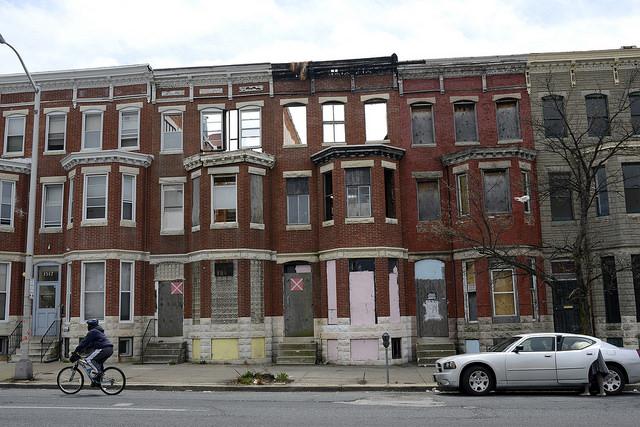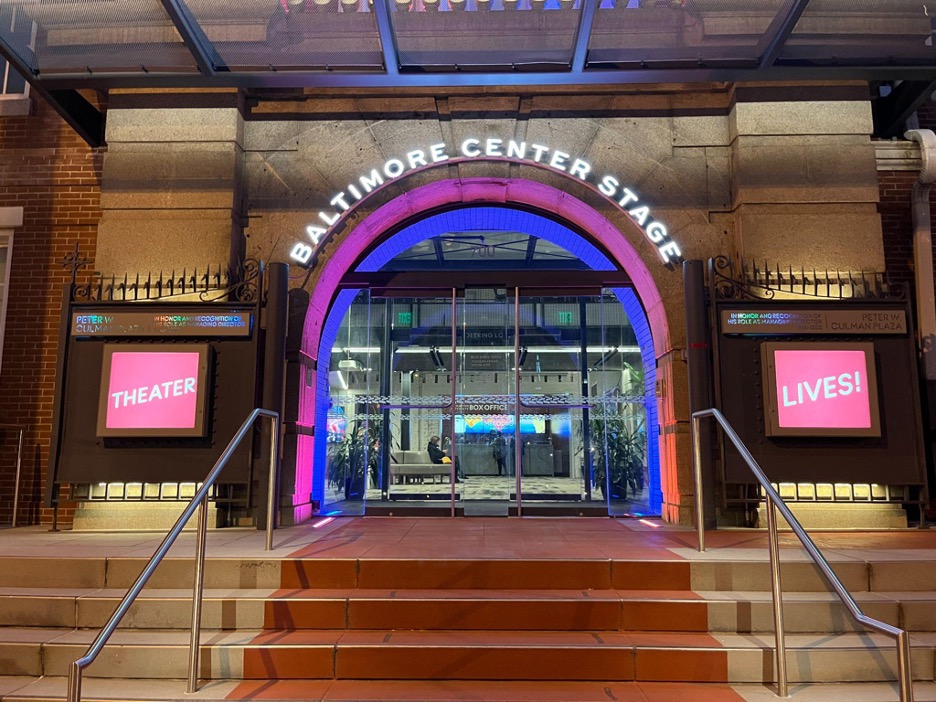While the bustling city of Baltimore just recently transitioned into the new year, local residents were left with an ominous feeling as annual crime rates were released. 344 people were killed in Baltimore throughout the year of 2015. A scary statistic beckoning for a peaceful resolution in the depths of Charm City.
Though not the highest murder count in a single year for Baltimore, 2015 had the highest per-capita murder rate in history. For every 100,000 residents, 55 people had been murdered in Baltimore. 2015’s per-capita murder rate highly surpasses the previous record holder (1993 with a per-capita murder rate of 48).
A higher per-capita murder rate means that every resident of Baltimore is at a higher risk of being devastated by a gruesome act of violence**. Certain ethnicities unfortunately prove to be more at risk than others. 93 percent of homicide victims in Baltimore were black while the other 7 percent were divided between white and Hispanic ethnicities.
Americans dispute who is to blame for the rapid spike in violence, and certainly the police department can be found at the heart of this conversation. Kevin Davis, Baltimore’s new police chief, announced fresh initiatives to detain violent criminals at the start of last year, but unfortunately 2015 was worse than ever. The number of homicides solved by the police was a deflating 30.5 percent in 2015, down 15 percent from the previous year. The Police Department explained that with an increase in murders, fewer cases can be solved.
Firearms were the gateway to murder in 87 percent of homicides in Baltimore. Also, an expected correlation can be found between the dates of the Baltimore riots and 2015’s peak of violence. With 42 homicides in May, 29 in June, and another 45 in July, a summer of violence occurred in Baltimore to coincide protests against police.
The community of Baltimore is working hard to end the violence that threatens its streets. With a new year already in full swing, residents are anxious to promote peace over violence while embracing an overall shift towards a safer environment. With the help of a dedicated community, Baltimore can aspire for serious improvements after what many would consider a devastating year for violence.
**CORRECTION: It was brought to the attention of The Greyhound that the above starred statement is a common misconception. Homicide rates do not necessarily predict risk, as many other factors go into determining this such as a person’s environment .
The New York Times and The Guardian contributed to this article.
Photo from Flickr Creative Commons: Stephen Melkisethian.

















































































































Ren • Feb 2, 2016 at 10:58 am
“A higher per-capita murder rate means that every resident of Baltimore is at a higher risk of being devastated by a gruesome act of violence.”
Incorrect. This is the ecological fallacy, something that we epidemiologists try to avoid at all costs because it is misinformative. The homicide rate is not a description of risk, either. It’s a count of incidents per unit time for a given population, nothing more. To estimate risk, you have to take the entire universe of circumstances. Some residents will have more risk because of where they live, their friendships, their employment status, etc. Others will have less risk because of the same reasons.
Katelyn Barone • Feb 2, 2016 at 9:30 pm
Thank you for your comment. A correction has since been added to the bottom of the article.